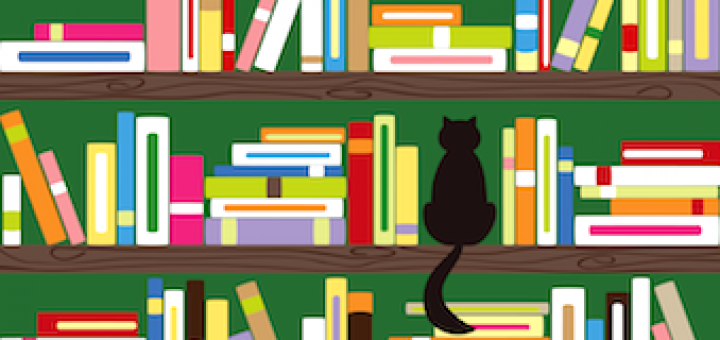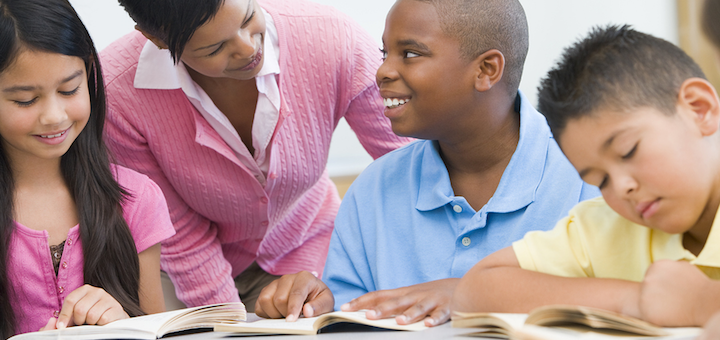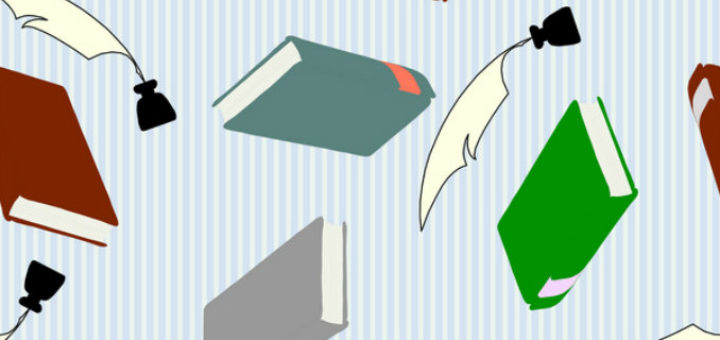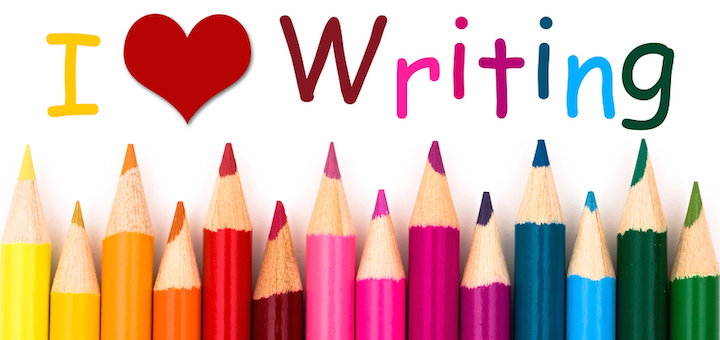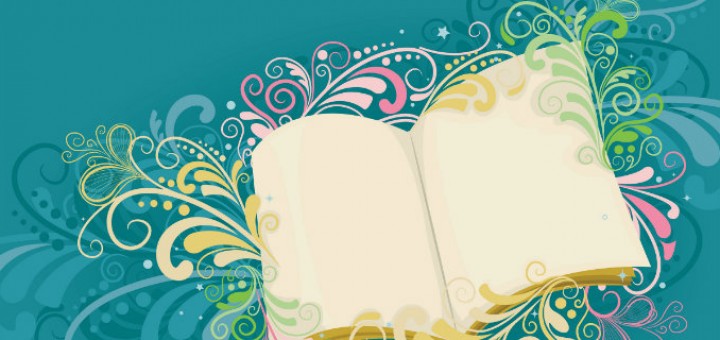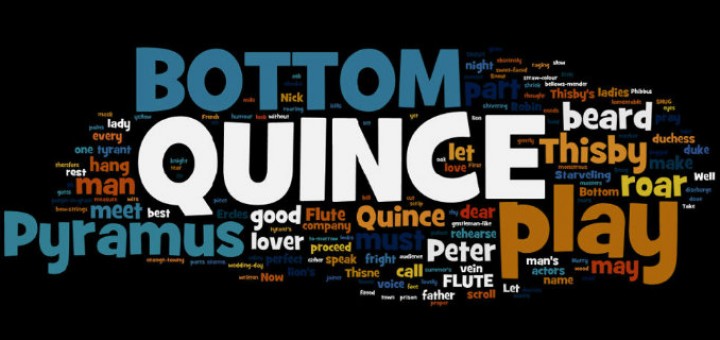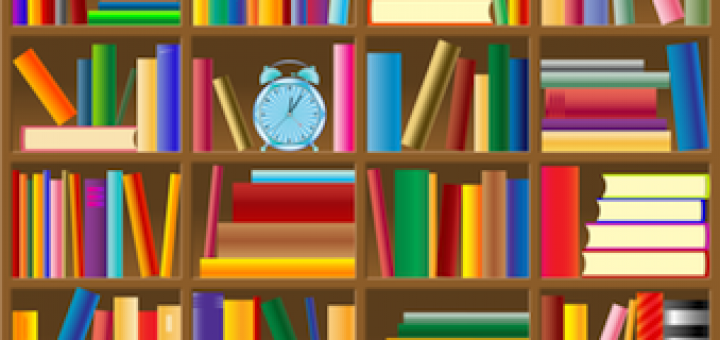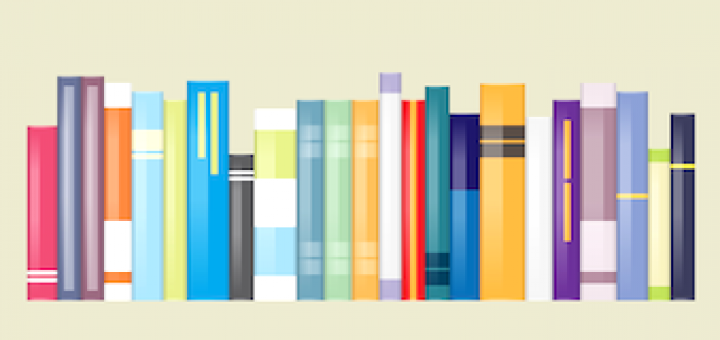Fiction and Nonfiction: Smart Lesson Planning
Do you want a book filled with lesson plans that you can use the next day or something based in theory that will inform your teaching decisions along the way? Pam Hamilton writes you can have it both ways in these fiction and nonfiction guides by Gravity Goldberg and Renee Houser.

